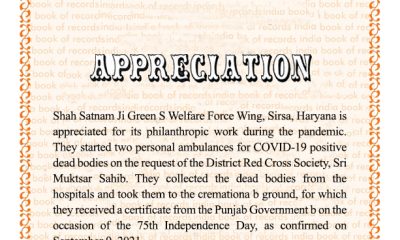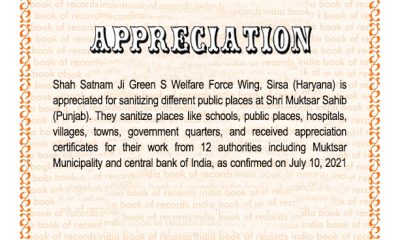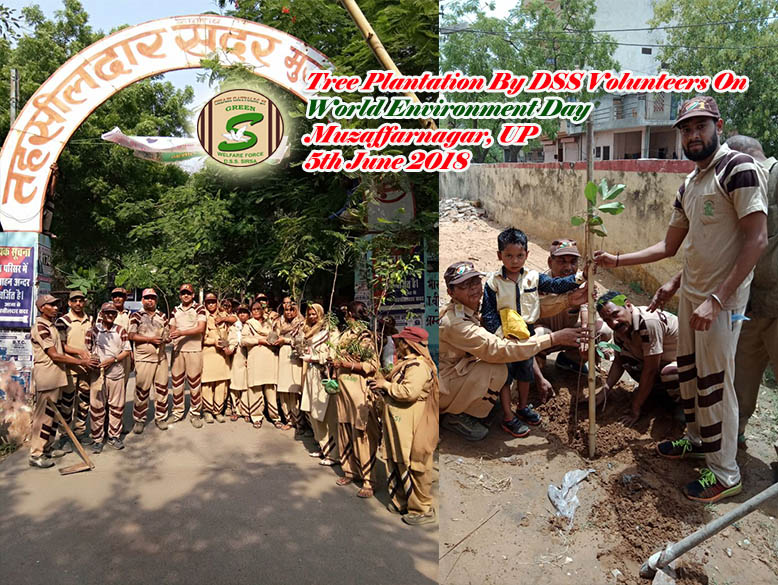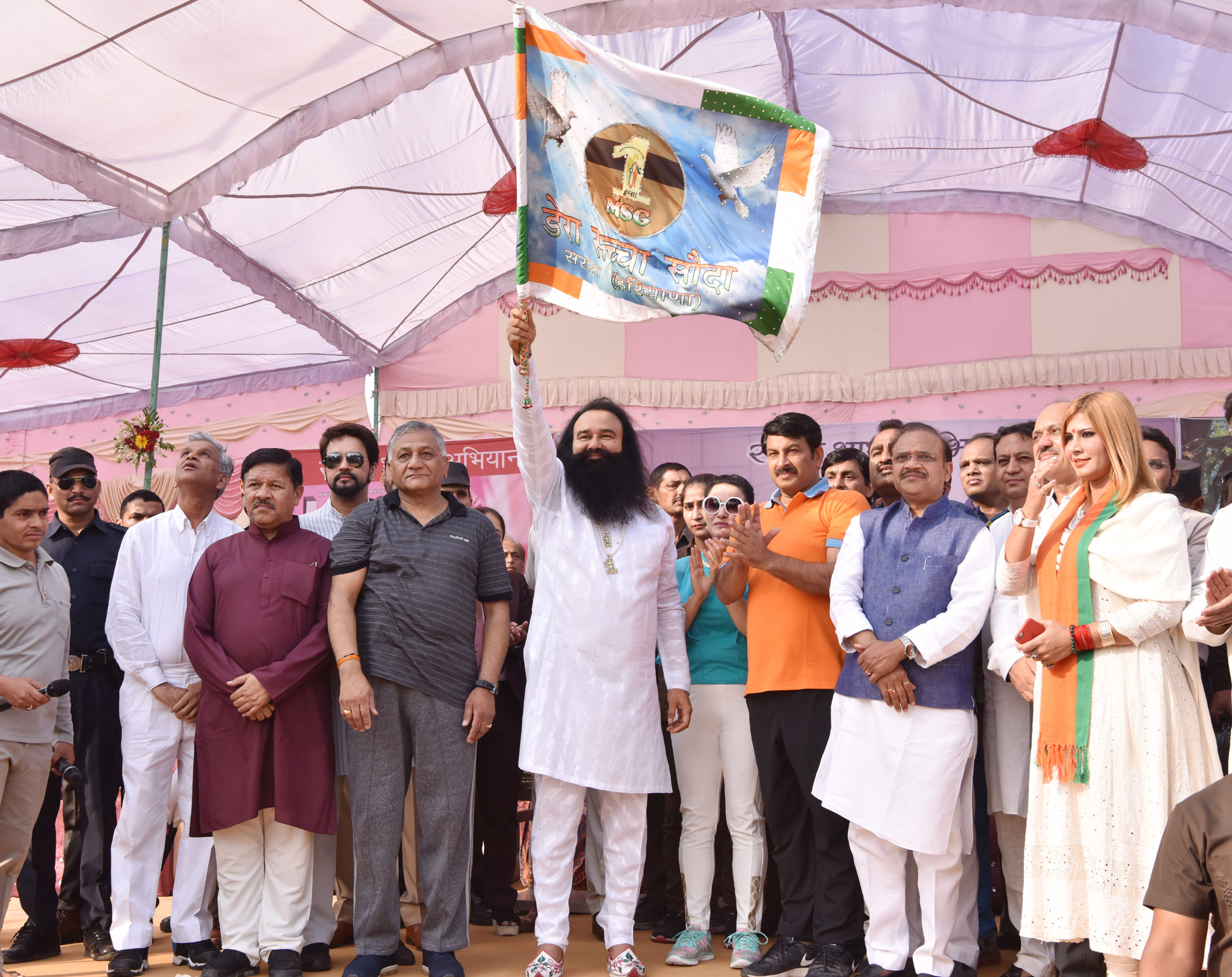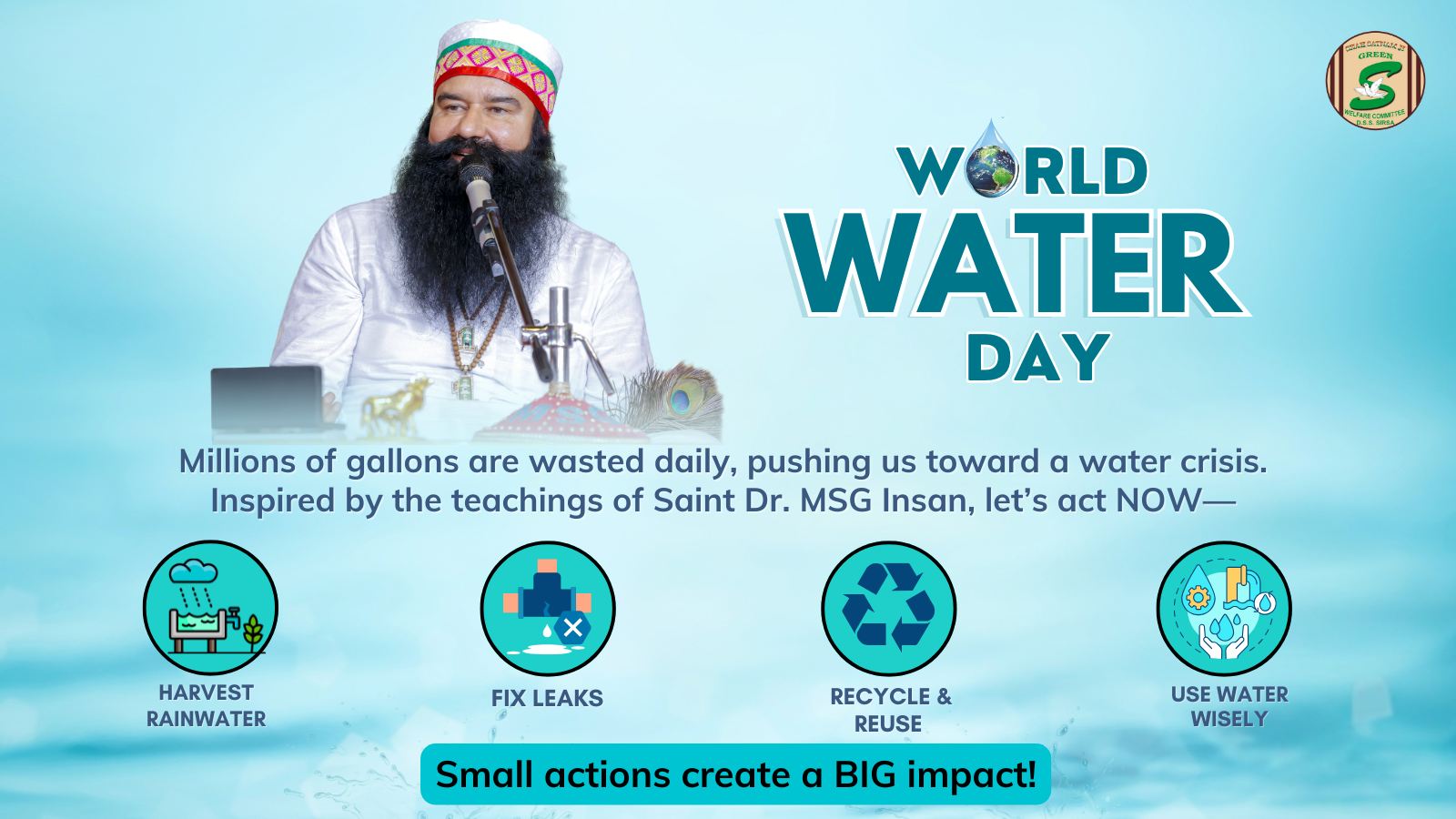
Imagine you wake up one day, go to the kitchen to drink water, or go to use the washroom or the bathroom, only to find no water in your home. Confused, you go outside and see people in a similar situation. You might have a BMW or Mercedes, but even those expensive cars or any other luxurious item would not be able to satisfy your needs or quench your thirst.
You must be wondering why should we worry about water exhaustion when we have so much water. Here is the reason why.
Water Distribution
Water covers about 71% of the earth’s surface. 97% of the earth’s water is found in the oceans (too salty for drinking, growing crops, and most industrial uses except cooling). 3% of the earth’s water is fresh.
Water distribution
- Oceans: About 96.5% of the Earth’s water is in the oceans.
- Ice caps and glaciers: About 2% of the Earth’s water is frozen in ice caps and glaciers.
- Freshwater: Less than 1% of the Earth’s total water is readily available for human use
- Atmosphere: A small fraction of the Earth’s water exists as water vapor in the atmosphere.
- Groundwater: Most of the accessible freshwater is found underground as soil moisture and in aquifers. Groundwater represents the largest reservoir of unfrozen freshwater.
- Rivers and lakes: A small percentage of freshwater is in rivers and lakes.
So, as you can see, the percentage of available water for human consumption is extremely low.
The Theme for World Water Day 2025: “Glacier Preservation”
This year the World Water Day highlights the critical role of glaciers in sustaining life and the water cycle, and the challenges posed by their rapid melting due to climate change.
Focus of World Water Day 2025:
The theme “Glacier Preservation” aims to raise awareness about the importance of glaciers as freshwater reservoirs and the impact of their melting on water security, ecosystems, and livelihoods.
Why Glaciers Matter:
Glaciers, mountain runoff, and snowmelt provide nearly two billion people with water for drinking, agriculture, and energy production. They also play a critical role in regulating global sea levels and maintaining ecological balance in freshwater ecosystems.
Challenges of Melting Glaciers:
Rapid glacier melting due to climate change poses significant challenges, including changing meltwater flows, floods, droughts, landslides, and sea-level rise. This accelerated melting not only threatens the water supply for nearly two billion people but also disrupts ecosystems and contributes to increased risks of natural disasters and biodiversity loss.
Venezuela is thought to be the first modern country to lose all its glaciers, with its last, the Humboldt Glacier, melting faster than expected and being reclassified as an ice field.
Another issue is the decrease in groundwater level.
This crisis is something that has led the scientists of the world into despair, worrying about the future of the world where water scarcity will be a common issue everywhere. Scientists have even claimed that it is serious to the point that it could lead to the third world war.
Our human body has 70%-90% water in it. While you can survive without other things, Water is indispensable.
What Can Be Done to Save Water?
There are many small steps you can take to save water, and while it may seem like your efforts alone won’t make a difference, remember the saying: “Drops fill an ocean.” Every action counts. Take the first step, and others will follow.
You can save water in the below mentioned ways.
Indoor Water Conservation:
- Fix Leaks: Regularly check for leaks in faucets, pipes, and toilets, and repair them promptly.
- Install Water-Saving Devices: Use low-flow showerheads, and faucet aerators, and consider installing a dual-flush or low-flow toilet.
- Take Shorter Showers: Aim for shorter showers and turn off the water while shaving or washing hair.
- Turn Off the Tap: Turn off the tap while brushing your teeth, shaving, or washing your hands.
- Defrost Food in the Refrigerator: Avoid defrosting food under running water; instead, defrost it in the refrigerator overnight.
- Reuse Water: Collect the cold water that runs before the shower heats up to water plants or flush the toilet.
Outdoor Water Conservation:
- Water Wisely: Water lawns and gardens in the early morning or evening to minimize evaporation.
- Use a Broom Instead of a Hose: Sweep sidewalks and driveways instead of washing them down with a hose.
- Install Rain Sensors: Install rain sensors on irrigation systems to prevent watering during rain.
- Collect Rainwater: Install a rain barrel to collect rainwater for outdoor watering.
- Plant Drought-Tolerant Plants: Choose drought-tolerant plants for your garden.
- Mulch: Put a layer of mulch around trees and plants to help retain moisture.
- Install a Drip Irrigation System: Install a drip irrigation system for your garden.
- Plant a Rain Garden: Plant a rain garden for catching stormwater runoff from your roof, driveway, and other hard surfaces.
Role of Dera Sacha Sauda and Shah Satnam Ji Green ‘S’ Welfare Force Wing
Under the guidance of Saint Dr. Gurmeet Ram Rahim Singh Ji Insan, water conservation is promoted through various initiatives, including the “Water is Life” campaign, encouraging rainwater harvesting, and providing clean drinking water in rural areas.
Key Initiatives and Actions:
- ‘Water is Life’ Campaign: This campaign emphasizes water conservation and sustainable water management practices, addressing water scarcity.
- Rainwater Harvesting: Dera Sacha Sauda encourages rainwater collection and storage for irrigation and other uses, particularly for farmers.
- Clean Drinking Water: The organization works to provide access to clean drinking water in rural areas through initiatives like the DROP campaign, which involves installing water filtration units and raising awareness about the importance of clean water.
- Water Conservation Tips: Dera Sacha Sauda’s followers are encouraged to implement water-saving practices in their daily lives, such as fixing leaks, using buckets instead of showers, and reusing water for gardening.
- Drip Irrigation: The organization promotes the use of drip irrigation systems for farming, which helps conserve water.
- Water Kiosks and Coolers: Dera followers organize drinking water kiosks and coolers in public places to provide access to clean drinking water during summers.
- Planting Trees: Dera Sacha Sauda volunteers have planted millions of trees globally, helping improve groundwater levels and combat the climate change.
Conclusion
As we observe World Water Day 2025, it is vital to recognize the urgent need for collective action to tackle the growing water crisis. The theme “Glacier Preservation” highlights the critical role glaciers play in sustaining freshwater resources for billions and supporting ecosystems. However, their rapid melting due to climate change threatens water security, global stability, and biodiversity.
Under the guidance of Saint Dr. Gurmeet Ram Rahim Singh Ji Insan, Dera Sacha Sauda has made significant contributions to water conservation and climate action. Initiatives like rainwater harvesting, water-saving campaigns, and massive tree plantation drives—over 17 crore trees planted—help conserve water, restore ecosystems, and combat climate change effectively.
By adopting water-saving practices and supporting such impactful initiatives, we can work together toward a sustainable future. Every drop counts, and through collective efforts, we can preserve this precious resource for generations to come.





